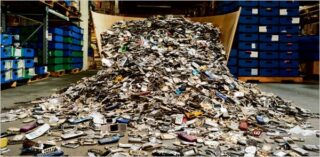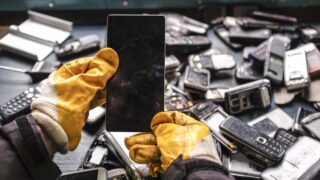Cellphones
| Problems and Particular Challenges with Recycling this item | Every year, slimmer phones make it just a little bit harder for smartphone recycling. Thinner tablets and phones with fewer components are harder to dissemble and are increasing the cost of recycling.
Thinner Phones Are: |
  |
|
| Procedures, Capacities, and Facilities for Disposing | Before phone handsets are recycled, batteries are taken out and sent elsewhere for recycling. The phone is then shredded and heated to around 1100C.
Samples are then turned into dust and undergo further chemical processing, before being taken to a smelter which takes out the relevant metals for reuse. To recover plastics from the phone components, energy-from-incineration is used. The plastic of the phones outer body is usually granulated at then reformulated and used in mouldings. Other parts of the phone that can be recycled include: |
 |
|
| E Waste Partners for Processing Safely and Successfully | E-waste Recycling Program https://consumer.huawei.com/en/support/contact-us/ The main channels for disposing of mobiles are the shops that sell them, but there are other organisations and charities that accept them for refurbishment and recycling.https://uk.freecycle.org/ The Freecycle Network, P.O. Box 294, Tucson AZ 85702, USA |
